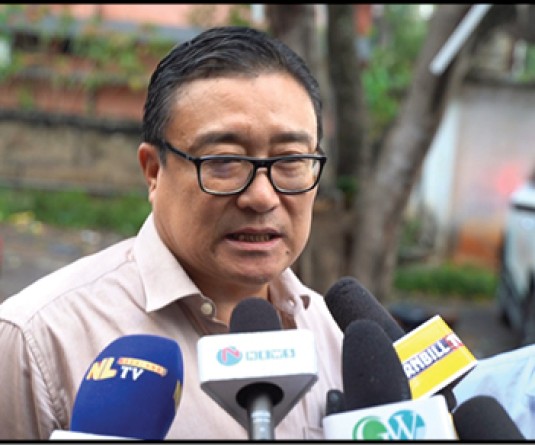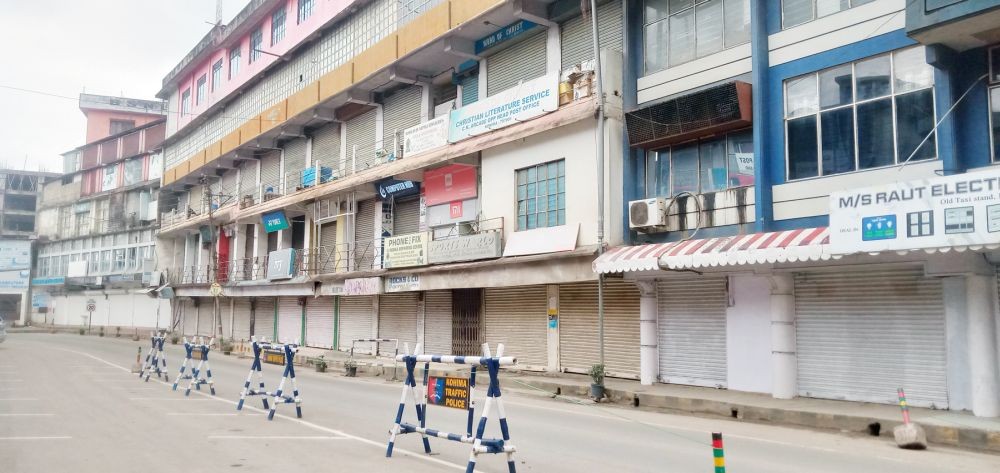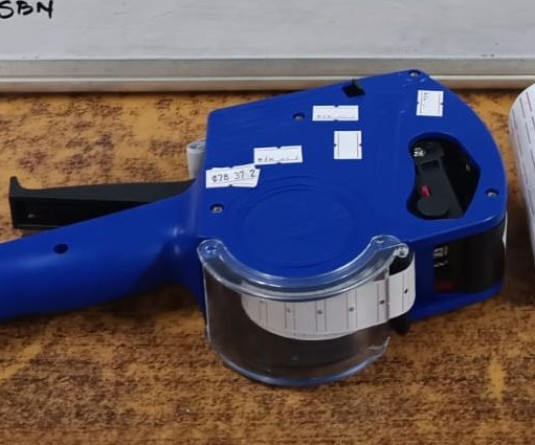
Our Correspondent
Kohima | May 29
The need to put a concerted effort to embark a comprehensive mechanism for holistic development of springshed in the country, has been stressed at the state level workshop on “Springshed management in the North-Eastern states of the Indian Himalayan Region” held here at Capital Convention Centre. Organised by Advanced Centre for Water Resources Development and Management (ACWADAM), Pune and Land Resources Department (LRD), Nagaland, ten states joined the workshop.
Alemtemshi Jamir, IAS (Rtd) and CEO of Investment & Development Authority of Nagaland (IDAN) said that with climate change taking place globally and reduction in rainfall in the western parts of the world, it is necessary to go back to springs. Jamir said that to develop springsheds, awareness and mobilization of the community was important.
Jamir also called for involvement of the investors and financial institutions to help develop springshed through CSR. “It is now time for business and financial institution to get involved,” he said.
ACWADAM executive director Dr Himanshu Kulkarni said springshed water was the greenest source of water as it does not need energy to supply water from the springs. He said that India is the largest user of groundwater since 1980’s but is realizing to the fact only recently. Dr Kulkarni also said springs and watershed were much related and urged for communities to come together which he added would be the hallmark of success.
Work on springshed in the NE states
Talking on the topic “Work in springshed in the north eastern states (Past and current), Dr Debashish Sen from People’s Science Institute, Dehradun stressed on the need to have a strong collaboration in north-eastern states, particularly in Nagaland, Meghalaya, and Mizoram for springshed development programmes, which has inventory of more than 2000 springs in the region. Dr Sen also called for strengthening village institutions for managing water in a sustainable and equitable manner.
On challenges ahead, he stressed on the need to address lack of concern about water quality issues, especially among the block level official. Dr Sen called for effectual coordination between different stakeholders for promoting water security planning based on springshed development in the Northeast states states. Another challenges is absence of cadastral maps for land use mapping required for estimating crop water requirements for water budgeting and planning, he said.
On way forward, he suggested village level water security planning based on water budgeting, spring recharge activities, and capacity building of institutions, introduction of water efficient technologies like SCI leading to more rational ground water use, creation of a local cadre of para-hydro geologists equipped to extend science based springshed development in the region, sanitary protocols for re charge areas leading to access to safe drinking water and reduced health risks among others.
Community's involvement helps managing groundwater (springs) as a common pool resource, he added.
Springshed Atlas of Nagaland soon
In his presentation on “Work on Springshed in Nagaland (past and current),” LRD joint director Albert Ngullie stated that the people of Nagaland are largely dependent on natural springs and sub-surface flows for their domestic, animals and irrigation water requirements. “Springs are drying up fast due to developmental activities and climate change leading to acute water shortages especially during winter.”
He said that in Nagaland, Springshed pilot project was started in 11 districts covering 1 village each during 2016-17 in technical partnership with People’s Science Institute (PSI), Dehradun and ACWADAM, Pune. He informed that the department has initiated creation of spring inventory covering all settlements and villages in the state of Nagaland where the springs provide drinking water to the communities.
Inventory of 2,361 springs have been completed in 1,025 settlements in all the 11 districts covering both physical and water quality parameters, he said. He said the department is in the process of publishing a “Springshed Atlas of Nagaland” in the line of Watershed Atlas of Nagaland published by the Department in 2012, which will be the basis for all future springshed related programme in the state.
National Programme on Springshed Management
According to report of Working Group I Inventory and Revival of Springs in the Himalayas for water Security, National Programme on Springshed Management was launched in 2017. Spring form the sources of many small and large rivers in India.
Earlier, Land resources development director T. Renben Lotha pointed out that the state was slowly realizing the importance of springshed development and expressed the hope that a solution would be found during the course of the workshop. He acknowledged the support of ACWADAM. He said that NABARD funded nine projects in Nagaland.
In the concluding session and ‘way forward’, Dr Mustafa Ali Khan moderated the session wherein topics such as ‘identify good practices from past and current work to feed into developing national programme for springs,’ ‘clear mapping of the challenges being faced for large scale springshed management activities’ etc were discussed. The workshop was supported by Swiss Agency for Development and Corporation; National Mission for Sustaining the Himalayan Ecosystem, Department of Science & Technology, GOI and Indian Himalayan Climate Adaptation Programme.




